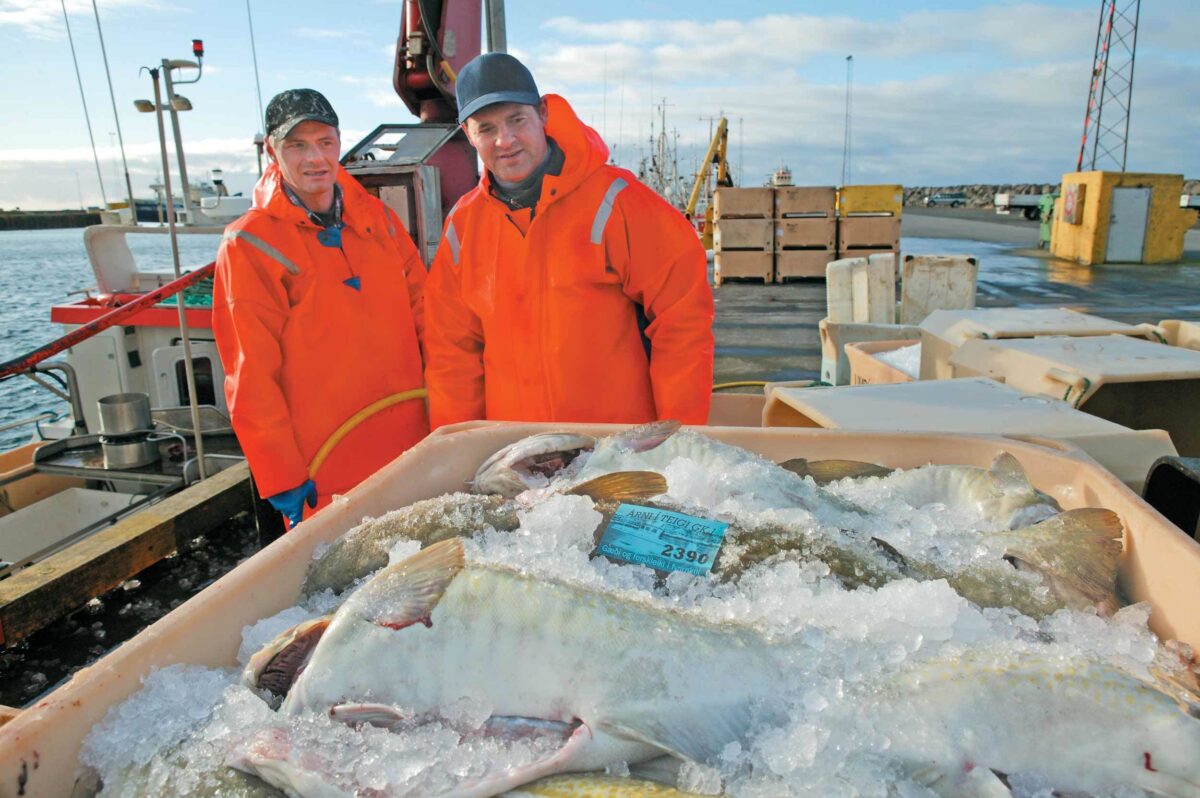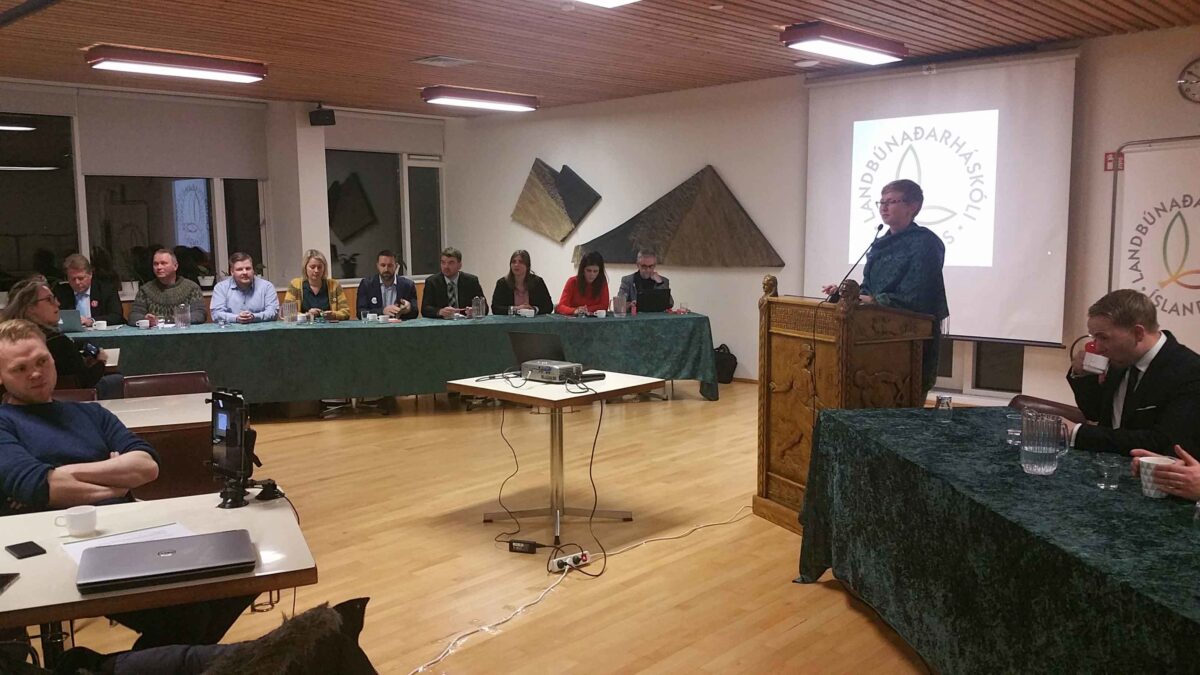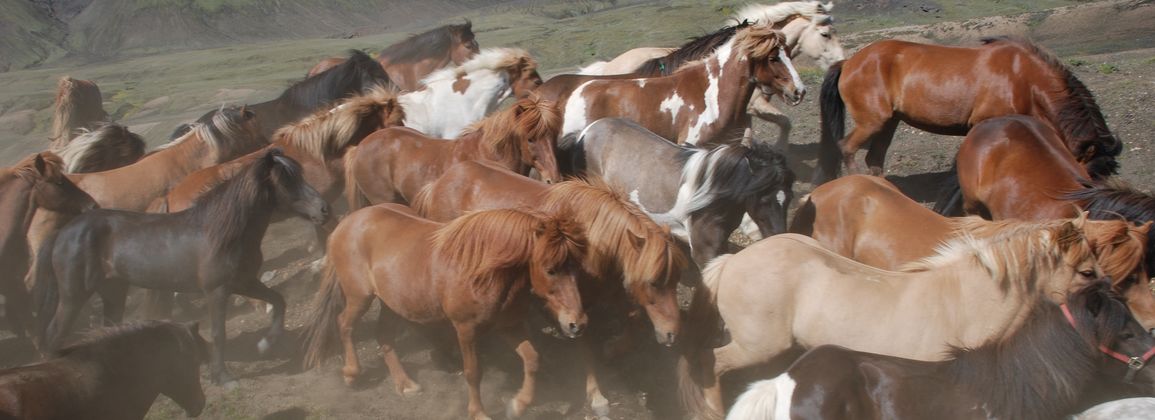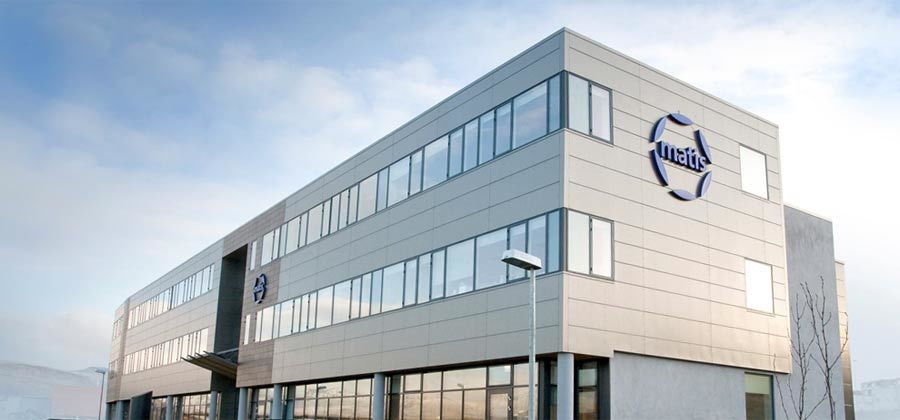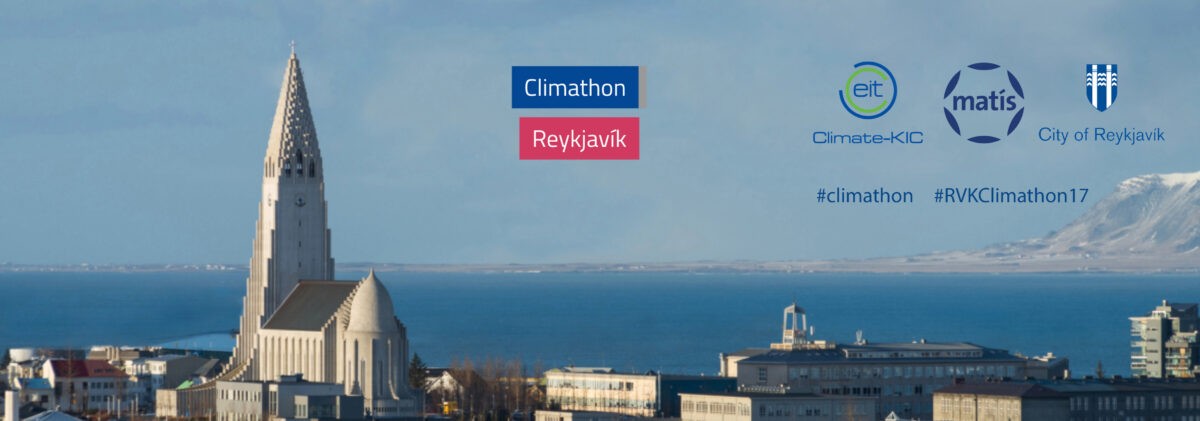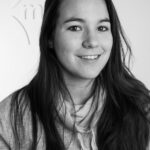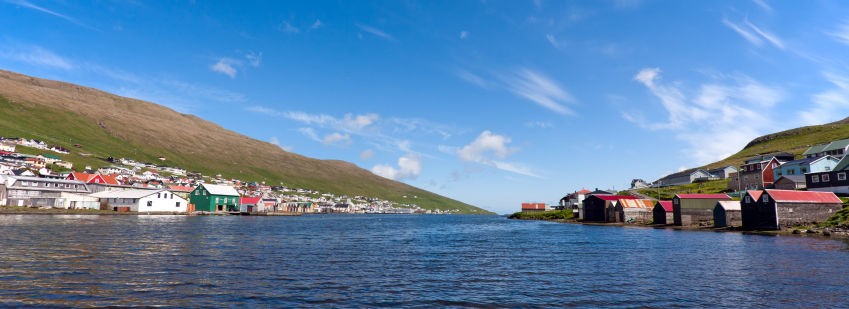It is clear to most that incredible progress has been made in the Icelandic fisheries sector. Now that major technological revolutions are taking place in the entire food production chain, there is no end in sight to this progress. Over the past 30 years, the Icelandic fisheries sector has reduced its emphasis on quantity and increased its emphasis on quality, which yields more per kg of catch than before. The basis for such an increase in value can be found in improved utilization of catch. And in order to make better use of the catch, it is important to know the entire value chain and improve treatment at all stages of the chain. This is where research comes in.
Research in the fisheries sector
Research in the fisheries sector can be traced back to 1934, when the Icelandic Fisheries Research Institute was established, on the basis of which the Fisheries Research Institute was established in 1965 (Matís from 2007). Important guardians of this journey are the establishment of the School of Fisheries around 1970, the beginning of food science teaching at the University of Iceland in 1978, the establishment of the University of Akureyri's fisheries program in 1990 and occasional funds that supported research.
Establishment of a research fund in the fisheries sector
The most important steps in recent years were the establishment of the AVS Fisheries Research Fund in 2003, which is responsible for increasing the value of seafood, and the Rannís Technology Development Fund the following year. The rulers of the time took serious suggestions that progress was needed in this area, and with the introduction of the funds, the collaboration of researchers with companies in the fisheries sector has increased significantly and the number of educated individuals in the industry has increased. The result may sound amazing. Through targeted research, value creation has increased so dramatically that it is measured in the tens of billions. For example, in the first years, all mackerel was smelted, but with the results of research, there was an increased understanding of how best to treat mackerel so that it would be an excellent product for human consumption. Icelanders were told that this was not possible, but instead of agreeing that mackerel caught in Iceland was only used for feed production, the result was that the value of mackerel is now around ISK 20 billion a year.
Catch handling - do not make gold out of shit!
Catch management is a key factor when it comes to increased utilization. Knowledge of treatment comes from research. Bleeding, washing and cooling and other handling of catches must be carried out properly. The same principle applies to all vessels in the Icelandic fleet and that principle is high-quality bleeding and cooling and even more cooling of the catch; the bleeding and cooling of the catch must be properly handled - always! The Icelandic fisheries sector does not intend to compete in the market for quantity but for the quality of the catch. Such thinking is especially important when it comes to exploiting the limited resources that the sea holds. Sustainable utilization of marine and water resources, in the blue bioeconomy, is necessary for us Icelanders. Research supports that this is done in the best possible way.
Not rubbish but valuable extra ingredients
The chain reaction in the fisheries sector, with a value chain approach, has had an effect; it is easier to get a good price for raw materials that have been handled with care. What the improved treatment has yielded are the opportunities to exploit what has historically been underused. Today, there is a great deal of value creation in companies that follow developments in the fisheries sector in general, for example in parties that are working with so-called additional raw materials, but in order to utilize them, it is necessary that the raw material quality is good; bleeding and cooling are key. We know this because of research that has been conducted in recent decades.
Value creation is key
Iceland is a land of opportunities in the sustainable utilization of clean nature, for example in the production of healthy food, active biocides and a positive experience of consuming Icelandic food. Matís works on a variety of projects in the food industry where the emphasis is on innovation and value added, and the company has been at the forefront of increased value creation from seafood. The value of each tonne of fish caught has increased by 145% from 2003, until 2016. This increase did not happen by itself, but by connecting science, business, entrepreneurs and the educational community. Matís has, in collaboration with the University of Iceland and other universities, linked science and the daily subjects of companies in 23 doctoral projects and 64 master's projects as part of larger research projects. Matís' experts facilitate the utilization of the results of scientific research and bridge the gap between companies and universities. No matter how we look at things, a key element in contemporary value creation and for the future is the interplay of science and the practical challenges of business. The co-operation has brought us great economic benefits, it has been strengthening and has all the potential to strengthen even more.
Here are some examples of Matís' participation in the Icelandic fisheries sector
- Anchor - Packing facilities.
- Atvinnuþróunarfélag Vestfjarði - Analysis of the competitiveness of the Westfjords fishing industry, assistance in organizing and conducting conferences on issues in the Westfjords economy.
- Surf - Process forecast for halibut, research on cod climbing, supercooling of fish fillets, development of processing deck on liners.
- Codland - Research and development cooperation, project assistance, measurement and testing, collagen physical analysis, Nordic connections, fish oil purification.
- Eimskip - Research that contributed to the development of the transport of fresh seafood.
- FISH - Cod processing forecast, light salting of fish fillets, process control of the processing deck of catfish vessels, supercooling, catch treatment of catfish, cooling of mackerel, research on cod climbing, ecological process analysis of fish products.
- Frostmark - Audits and testing of equipment.
- Grímur kokkur - Collaboration on enrichment of seafood, advice on production processes.
- HB Grandi - Cooperation in research and development work, including in the field of catch treatment and processing of pelagic fish, such as quality and stability of redfish products, process control of processing decks of catfish vessels, electric drying of fishmeal, stability of fresh fillet products in export.
- Icelandair - Research that contributed to the development of the transport of fresh seafood.
- Iceprotein - Training of employees, installation of methods, collaboration in projects related to food processing.
- Ísfélag Vestmannaeyja - Catch treatment, mackerel cooling and product stability.
- Kerecis - Facilities in Reykjavík and facilities in Ísafjörður at the beginning of operations, research on the properties of cod skin.
- National Association of Small Boat Owners - Catch Management; bleeding, bleeding, washing and cooling - teaching materials, instructions, scripts and courses, the Beautiful Fish initiative, value creation from grayling.
- Laxá - Development of feed for aquaculture.
- Fish oil - Studies on the variability and stability of cod climbing, quality classification of liver.
- Marel - Various collaborations, including on automatic bone cutting of whitefish fillets, development of measurement technology, pre-shredding of fillets, presentations at Whitefish ShowHow.
- Polygons - Facilities, advice, analysis of properties and stability of fish oil, installation of marketing material.
- Oddi hf. Development of processing processes for the production of salted fish, ecological process analysis of fish products.
- Prentsmiðjan Oddi - testing of packaging.
- Primex - Development manager training, collaboration in research and development projects regarding the utilization of Primex products to extend the shelf life of fresh fish.
- Reiknistofa fiskmarkaðanna - assistance with improved working methods in fish markets and participation in the needs analysis of the auction system.
- Samherji - Crop processing forecast, catch treatment and processing of pelagic fish, especially mackerel, development of packaging production and transport of fresh seafood, supercooling of fish fillets.
- Association of companies in the fisheries sector - Cooperation on information on the nutrient content of Icelandic seafood.
- Herring processing - Catch processing of mackerel and product stability, processing development of capelin roe, mackerel fillets, redfish, supercooling of pelagic fish, improved utilization of by-products of pelagic fish, product safety, filleting of herring.
- Skaginn 3X - Filtrex equipment, Rótex equipment, supercooling, development of processing processes in catfish as well as pelagic fish, freezing of pelagic fish.
- Skinney Þinganes - Development of processing processes for the production of salted fish, stability of mackerel products, lobster projects.
- Sæplast - Design and testing of packaging.
- Thor-Ice - Development of cooling processes with liquid ice, mackerel and catfish.
- True Westfjords - Development of a new production process for catfish fish oil, a study of the differentiation possibilities of fish oil based on fatty acid composition.
- Vignir G. Jónsson - Fish pearls, testing facilities for product development.
- Vinnslustöðin - Development of processing processes for the production of salted fish.
- Indicator - Cod processing forecast, process control for salted fish production, scientific assessment of the processing process and properties of new salted fish products, assessment of the effect of salting methods on the physical properties of products, development of processing deck on liners.
- Þorbjörn - Process management in salted fish production, scientific evaluation of the processing process and properties of new salted fish products, evaluation of the effects of salting methods on the physical properties of products.
And there is more!
The article above first appears in Fiskifréttir: http://www.fiskifrettir.is/…/hvers-virdi-er-starfse…/142433/

